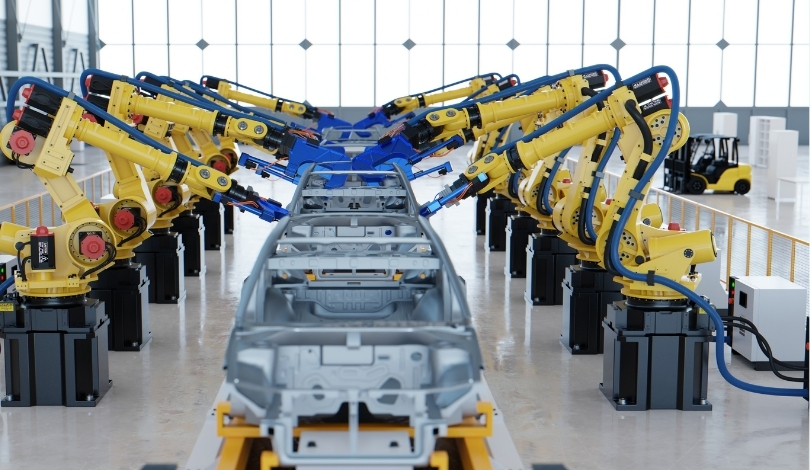Artedrone, a Paris-based medical technology startup, is making strides in stroke treatment with its innovative Sasha microrobot system. This groundbreaking technology aims to perform autonomous mechanical thrombectomies by navigating the human vasculature to locate blood clots. Powered by recent technological advancements in magnetics and robotics, Sasha provides a promising solution to help democratize complex medical procedures. It’s designed to revolutionize stroke care and potentially help thousands of patients who require swift and precise medical intervention.
Artedrone differentiates its system by utilizing existing imaging technologies, such as MRI and CT scans, to create a digital twin of the patient’s vasculature. This digital model is instrumental in planning and guiding the robot’s path to the clot. Unlike traditional methods, this approach leverages magnetic fields to steer the catheter through the arteries, thus minimizing the need for human intervention. Previous studies emphasized manual precision and human expertise, but advancements in robotics could reduce dependence on specialized skills, expediting treatment and potentially improving outcomes.
How Does the Sasha System Work?
The Sasha system begins its journey by constructing a digital map of the patient’s blood vessels through detailed scans. This digital twin guides the catheter embedded with microrobotic technology, reducing guesswork during the procedure. As the robot travels through the vascular network, its movements are propelled passively by blood flow. When encountering bifurcations, external magnets dynamically adjust the catheter’s path, utilizing a combination of push and pull mechanisms to ensure precise clot retrieval.
What Role Do Magnets Play?
Magnets in the system are crucial for successful clot retrieval, acting as a directional force to guide catheter movements. When the catheter nears a clot, it shifts to suction mode, effectively adhering to the blockage. This feature mimics the action of an aspiration catheter, employing a feedback loop to verify adhesion before extraction. Artedrone’s design allows the device to flexibly navigate complex vascular structures while applying enough force to secure and remove clots without fragmenting them.
What Challenges Lie Ahead for Artedrone’s Technology?
Artedrone aims to expand its solution to level II stroke centers, yet several challenges must be addressed. Determining the best partnerships and defining a clear path for regulatory approval remain pressing concerns. Additionally, framing the user interface for ease of use and ensuring the system meets significant medical needs are pivotal for broad adoption. The cost and accessibility of stroke treatment could dramatically improve if these challenges are surmounted, fostering wider implementation across diverse medical facilities.
Addressing substantial opportunities, Artedrone continues to refine its Sasha system’s design while fostering further developments. Success in securing FDA 510(k) clearance would represent a significant milestone, unlocking additional opportunities for its applications within neurovascular domains, as well as endovascular or cardiovascular fields. This progression could transform how medical professionals approach complex procedures and broaden the scope of robotic applications in healthcare.
Artedrone’s advancements in autonomous thrombectomy highlight an ongoing trend of merging robotic technology with healthcare. By doing so, the company navigates the path toward enhancing safety, effectiveness, and accessibility in medical interventions. As developments continue to unfold, it will be imperative for Artedrone to address potential challenges in clinical application and regulatory approval. Ultimately, the progression of the Sasha system will likely generate considerable interest within the medical community as it evolves.










